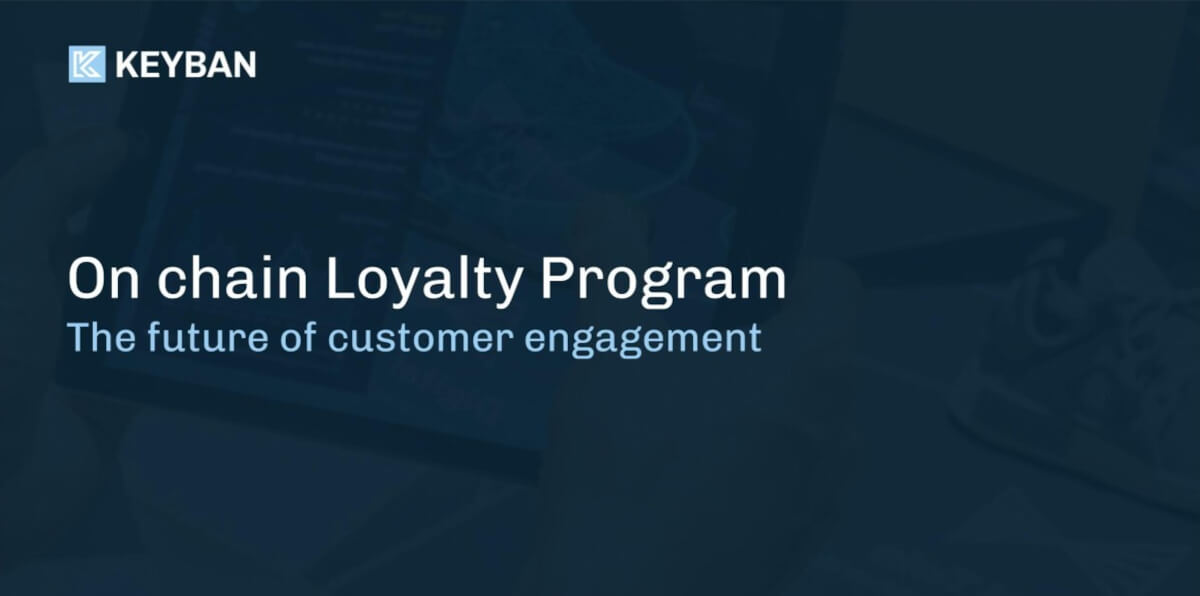In today’s rapidly evolving economy, loyalty can no longer be treated as a side project. The most innovative brands are realizing that loyalty is now a strategic asset — and they are moving it on-chain.
By embedding loyalty programs directly onto blockchain infrastructure, brands are not just rewarding repeat purchases. They are creating dynamic, interoperable ecosystems where customers become active stakeholders. The move to on-chain loyalty is reshaping brand-customer relationships and opening entirely new growth frontiers.
Why On-Chain Loyalty is the Future
Traditional loyalty systems are increasingly out of sync with customer expectations. Static points, siloed rewards, and opaque conditions no longer deliver compelling engagement. Modern consumers, particularly Millennials and Gen Z, expect seamless, flexible, and transparent experiences.
Blockchain-based loyalty programs meet these demands head-on. On-chain loyalty turns rewards into programmable digital tokens that customers truly own. These tokens can be collected, redeemed, shared, or even traded — creating a sense of ownership and freedom that traditional loyalty systems cannot match.
Moreover, on-chain loyalty offers brands unprecedented flexibility. It allows loyalty tokens to be interoperable across brand partnerships, encourages cross-industry collaborations, and powers new digital experiences — such as exclusive access to products, services, or communities. Loyalty becomes a living, breathing part of the customer journey, not an afterthought.
Critically, the market context is ideal: studies show that by 2030, over 40% of brand and retailer revenue will come from services rather than product. Loyalty programs will increasingly drive this service-centric engagement, acting as bridges between brands and the everyday lives of their customers.
What Brands Stand to Gain
The shift to on-chain loyalty unlocks a wide range of benefits that go far beyond technical improvements — they fundamentally enhance how a brand connects with its audience.
First, brands gain the ability to deliver personalized, real-time engagement across any customer channel. Loyalty tokens can be tied to specific behaviors, product interactions, or even values like sustainability — and activated instantly at checkout, online or in-store.
Second, on-chain programs help brands build more durable and collaborative ecosystems. Instead of operating isolated loyalty schemes, brands can partner and interoperate with others, rewarding shared audiences, co-creating campaigns, and multiplying reach without multiplying spend.
Third, data becomes an asset, not a liability. On-chain loyalty supports privacy-preserving analytics, enabling brands to target customers based on wallet behavior and engagement — without storing or misusing personal data. This makes it easier to comply with GDPR and other data regulations, while still benefiting from powerful customer insights.
Finally, brands can monetize loyalty itself. Tradable tokens, tiered NFT memberships, and wallet-based offers open up new commercial possibilities — all while reinforcing brand equity.
The result: a loyalty system that is flexible, efficient, and growth-oriented by design.
The Convergence Between On-Chain Loyalty and Digital Product Passports (DPP)
An even bigger opportunity emerges when on-chain loyalty converges with Digital Product Passports (DPP) — the new standard for product transparency and lifecycle management.
DPPs, which are set to become mandatory across many sectors in the EU, provide verified information about a product’s origin, ownership, sustainability, and repairs. When combined with loyalty systems, they create a closed feedback loop between brand, product, and customer.
This convergence enables new forms of interaction:
- Customers can be rewarded for responsible actions such as recycling or reselling, verified directly through the DPP.
- Brands can trigger loyalty campaigns based on real lifecycle events — from product certification to repairs — turning post-purchase into a continuous engagement opportunity.
- Holding a product’s DPP in a digital wallet can unlock tiered loyalty experiences, such as service upgrades or exclusive content.
In this integrated model, loyalty becomes a tool not just for retention, but for sustainable behavior, transparency, and long-term brand trust.
Conclusion: Loyalty as an Economy
On-chain loyalty isn’t just a new rewards mechanism — it’s a shift in how brands define value. By combining digital tokens, interoperable networks, and product-linked data, brands can build loyalty ecosystems that are as dynamic as their customers.
As blockchain adoption accelerates and consumer expectations rise, forward-thinking companies will stop asking how to digitize their existing programs — and start asking how to tokenize loyalty as a living part of their brand economy.
Those who move first won’t just win loyalty. They’ll build a new form of value exchange — one that’s persistent, programmable, and made to grow.






